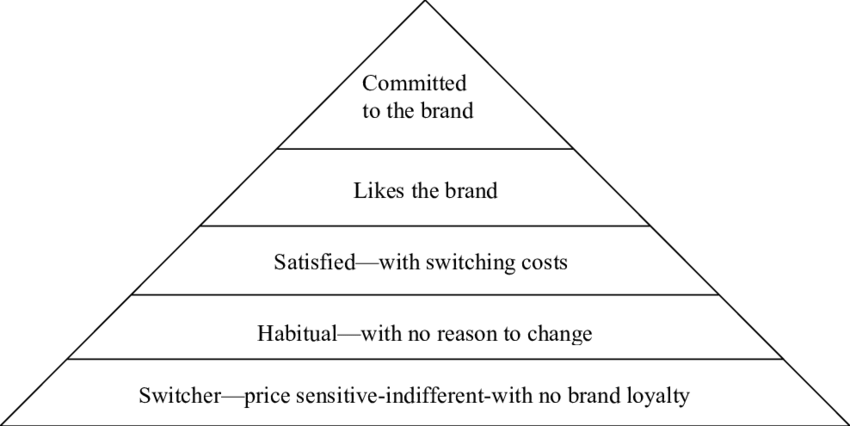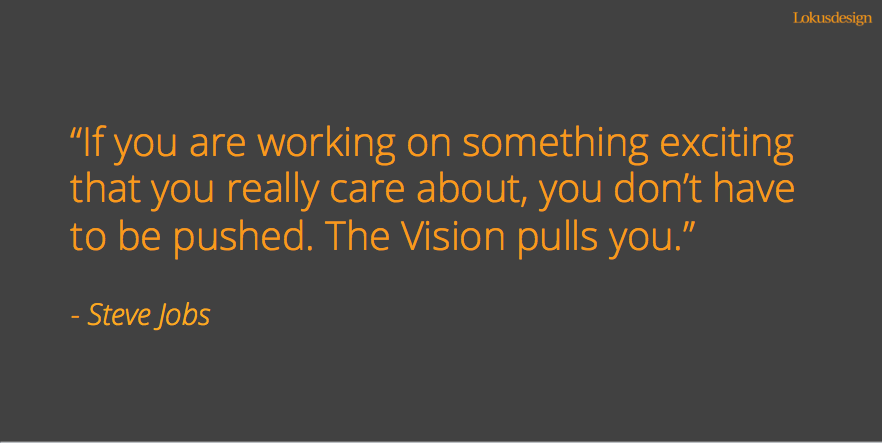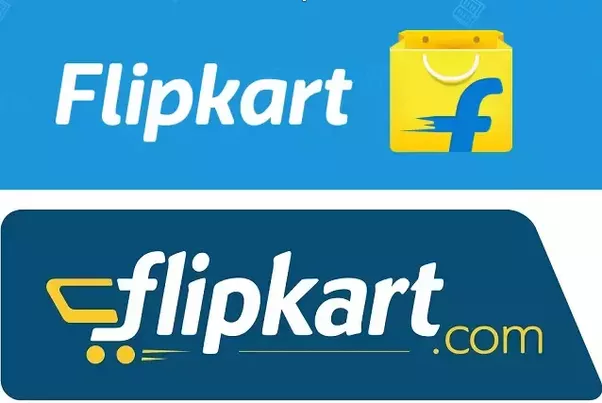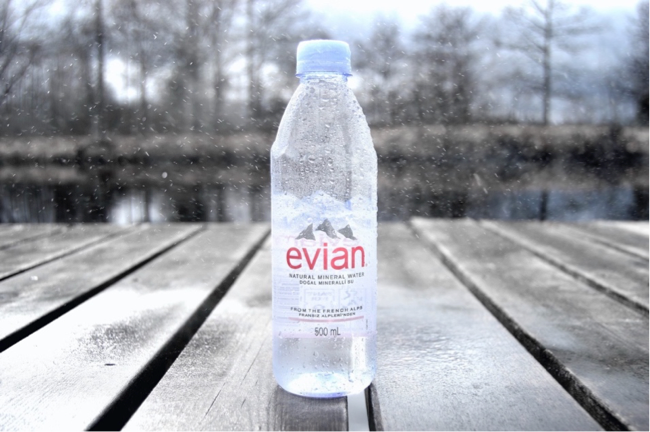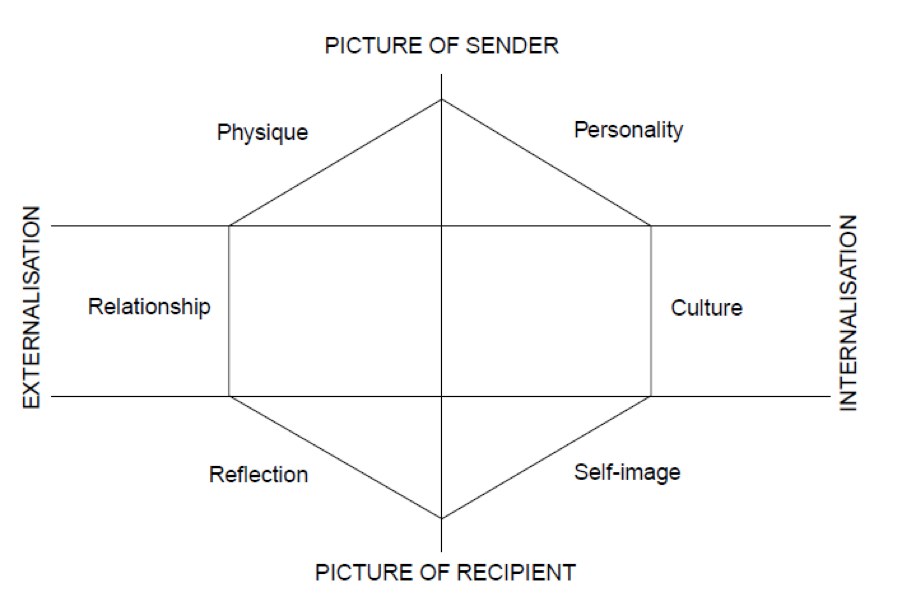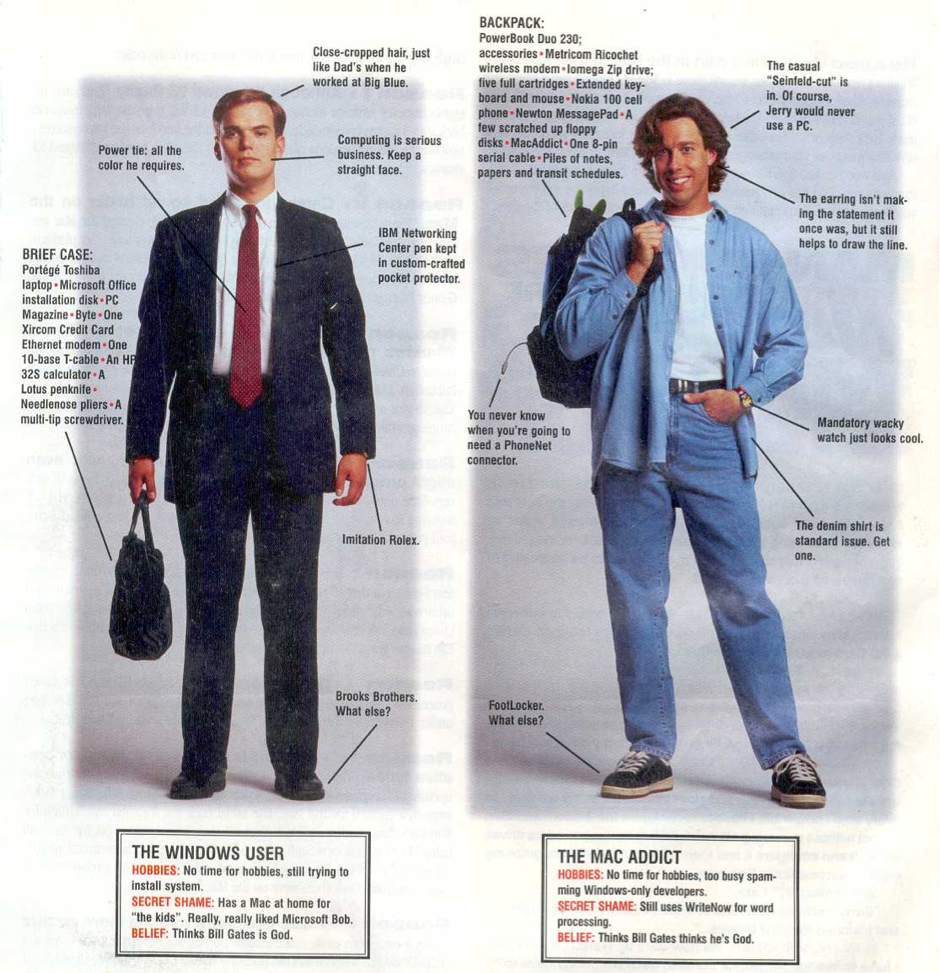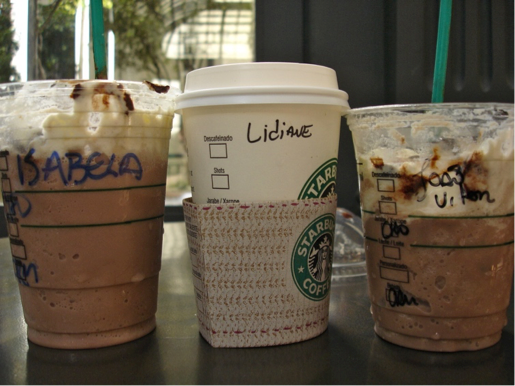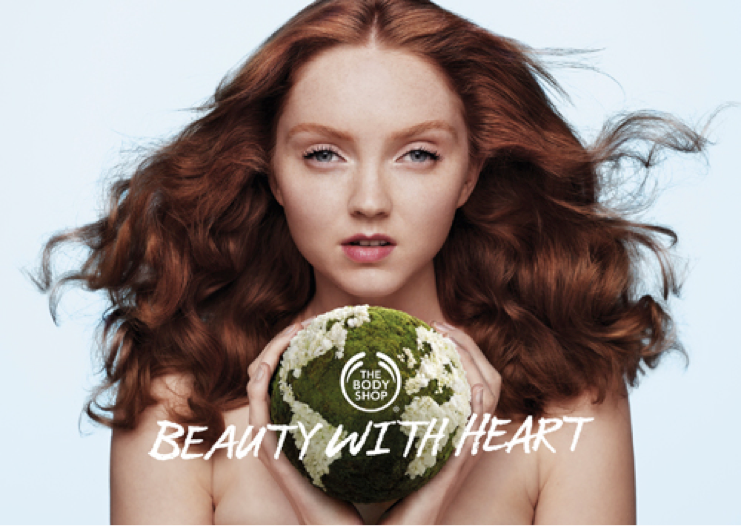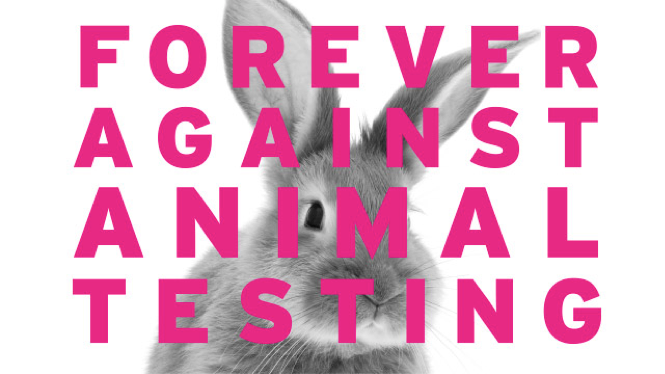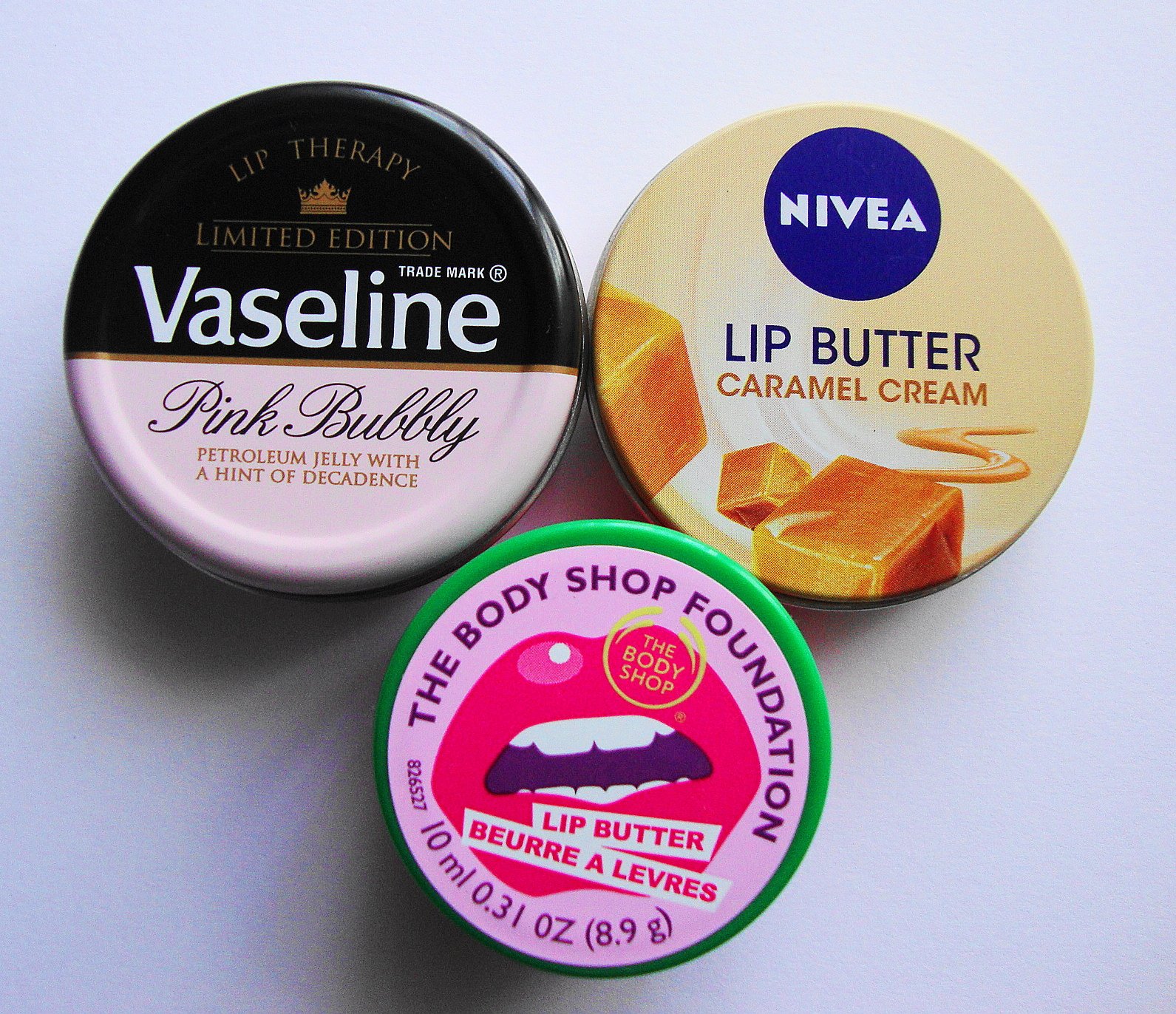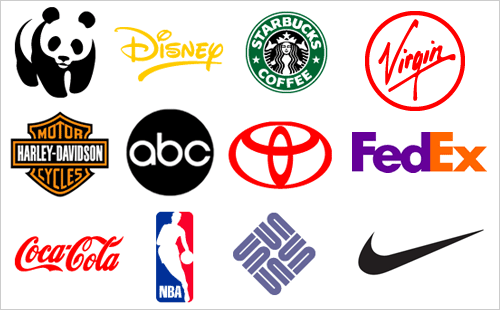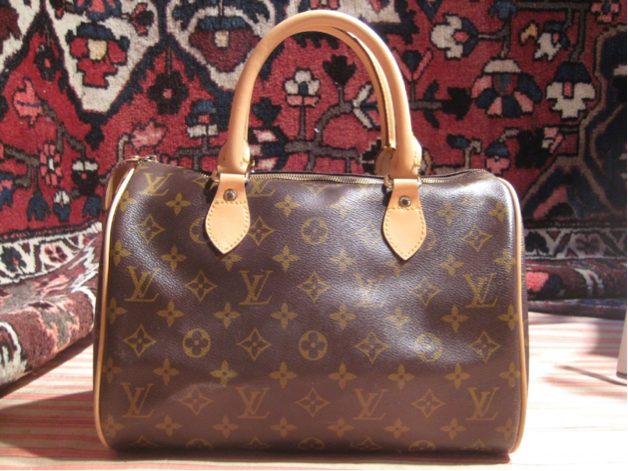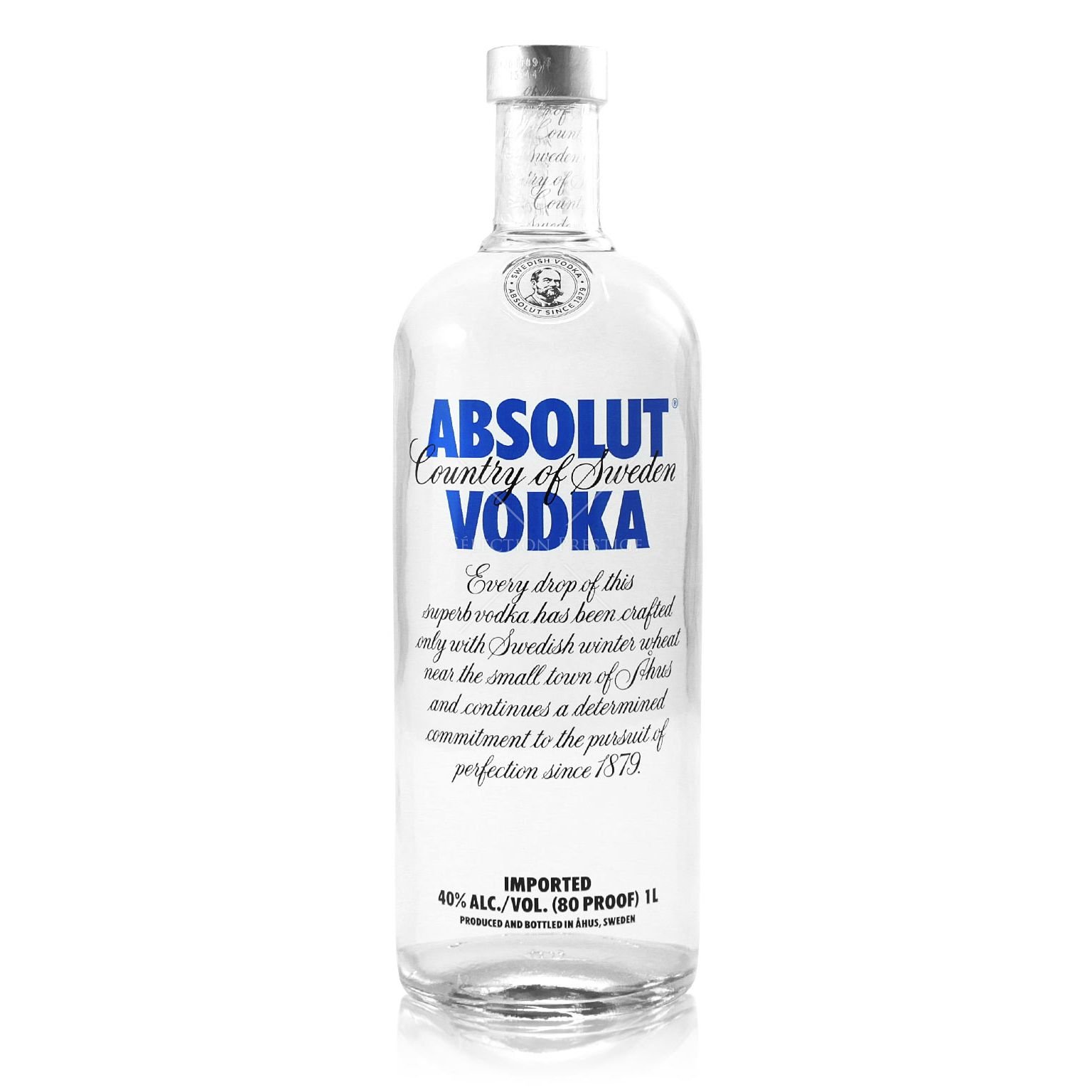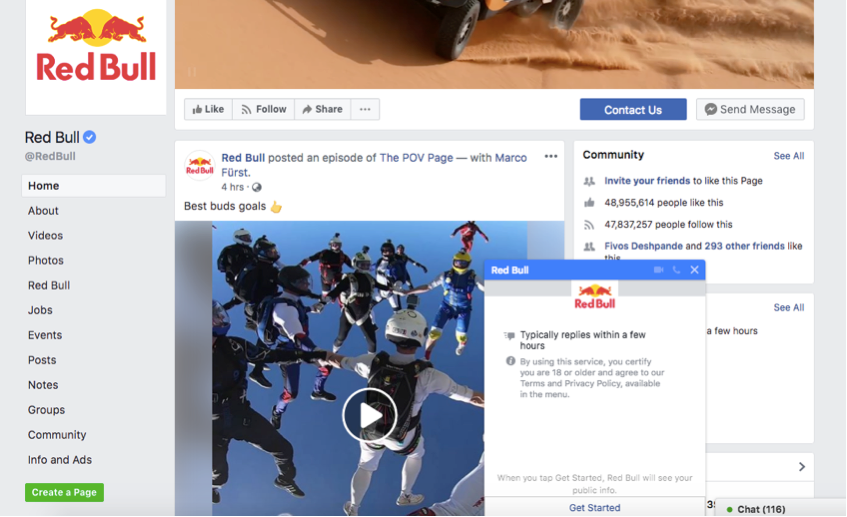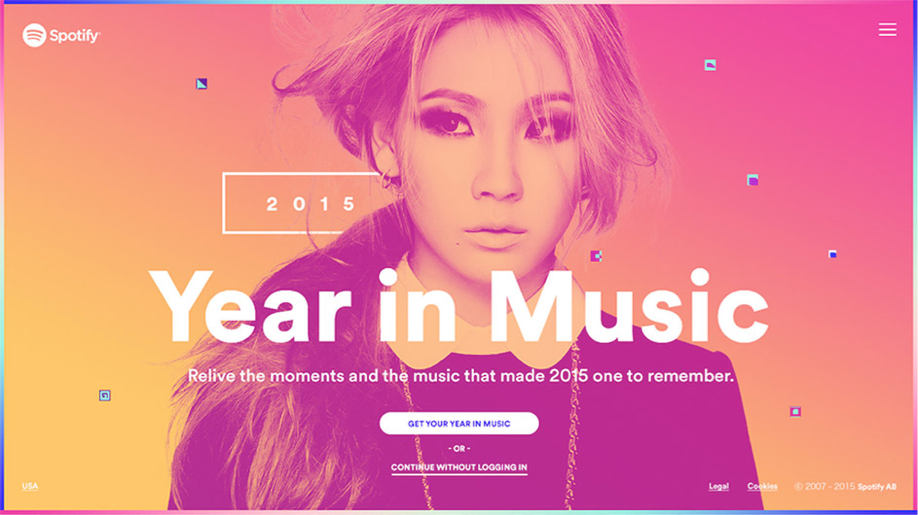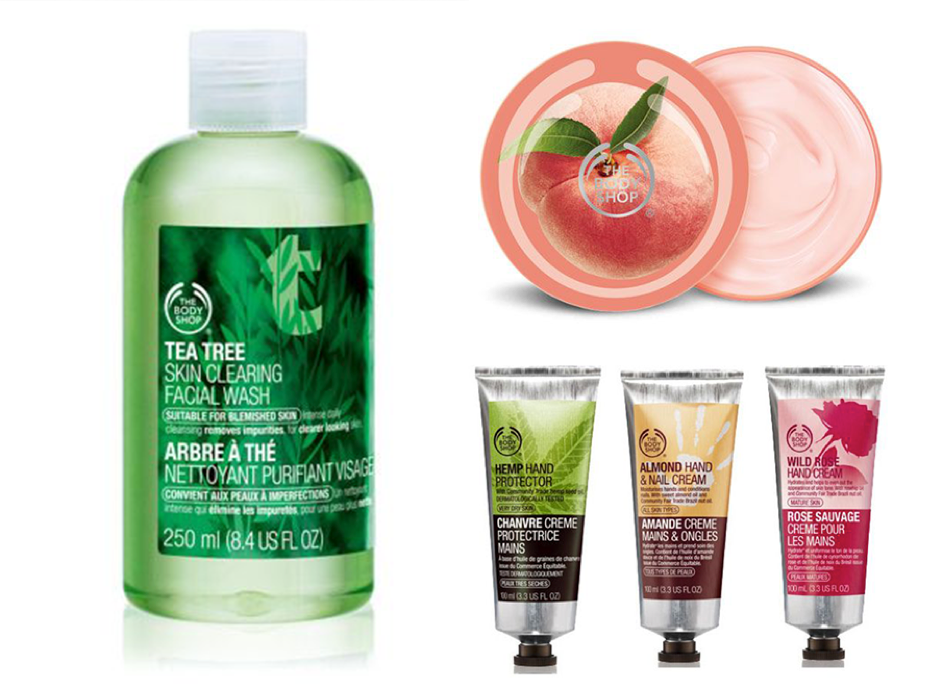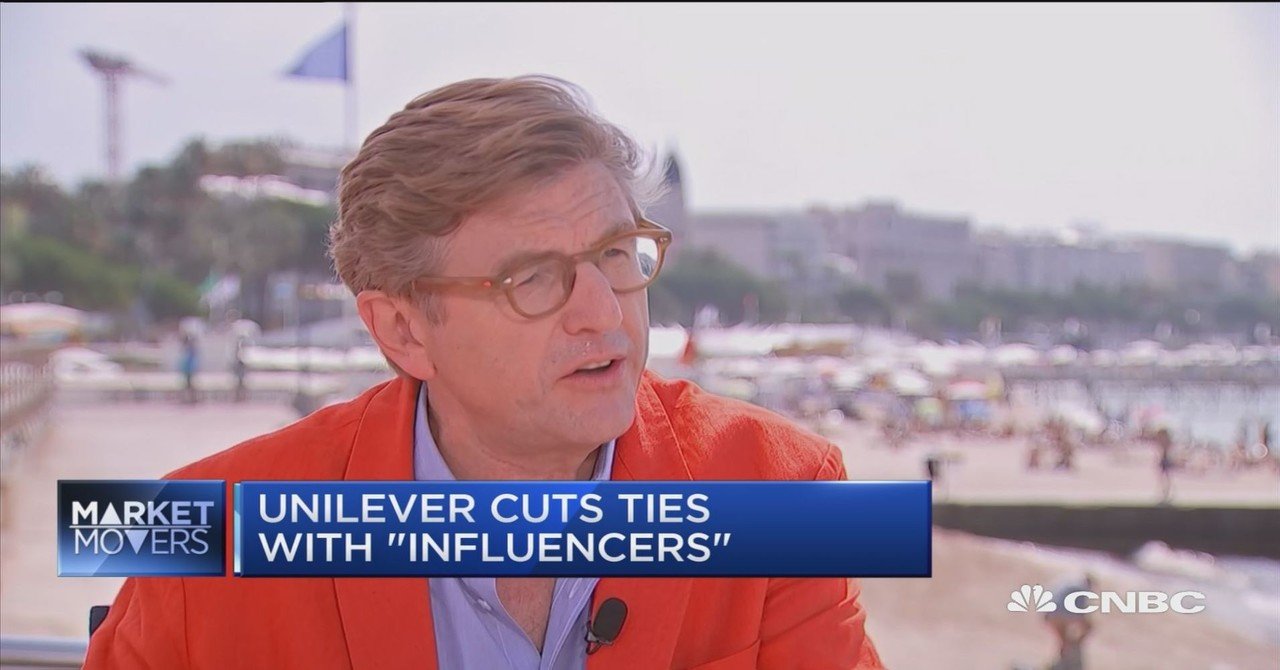7 Ways in Which Brands Can Drive Loyalty
 Loyalty is a powerful feeling that can unite millions of people together towards a common shared goal. It is strong enough to make an individual take substantial risks for the object of their allegiance. The concept has been explored by psychologists, philosophers, economics, political scientists, and marketers alike. And certain evolutionary biologists view loyalty as an adaptive mechanism passed down through the generations.
Loyalty is a powerful feeling that can unite millions of people together towards a common shared goal. It is strong enough to make an individual take substantial risks for the object of their allegiance. The concept has been explored by psychologists, philosophers, economics, political scientists, and marketers alike. And certain evolutionary biologists view loyalty as an adaptive mechanism passed down through the generations.
To a relationship counsellor, it could mean staying emotionally faithful to your significant other. Philosopher Josiah Royce defined it as, “the willing and practical and thoroughgoing devotion of a person to a cause”. To a marketer, it is defined as a consumer’s continued preference towards a brand. In the marketing context, brand loyalty is defined as the tendency of some consumers to continue buying the same products from the same brands over and over again. Like how an ardent supporter of the Manchester United would cheer them not during one or two matches but every single game.
What is Brand Loyalty?
Renowned brand manager and organizational theorist David Aaker defines brand loyalty as:
“A measure of the attachment that a customer has to a brand. It reflects how likely a customer will be to switch to another brand, especially when that brand makes a change, either in price or in product features.”
Brand loyalty, much like the feeling of loyalty in general, is fostered by many factors. While there is discussion over whether loyalty is motivated more by our sentiments or by rational thinking, brand loyalty is influenced by a bit of both. One reason we feel loyalty towards particular brands and not others is our tendency to socially identify with certain brands. We either identify with, feel we possess or aspire to possess the qualities/attributes expressed by a brand. This is called social identification. For example, the classic case of Mac vs PC. Apple’s Mac embodies youthfulness, creativity, and modernity whereas PC symbolizes being more old-fashioned.
Social identification also fosters a deep level of trust and increases the chances of a consumer developing an emotional stake in the brand. Some psychologists also think that brand loyalty is a product of our affinity towards forming habits. If we like a certain product, investing in it repeatedly makes more sense than spending time and energy on trying out a new product.
Aaker’s loyalty pyramid describes 5 kinds of loyalty levels within consumers. The most desirable consumer is one who is totally committed to the brand, or a ‘committed buyer’. This individual proudly uses the brand because the Purpose of that brand ties in closely with their own personal values. Then comes ‘brand likers’, who are true brand enthusiasts and usually emotionally connected to the brands they favour. They are attached to the brand due to both emotional and rational reasons. The third kind of consumer is the satisfied buyer with switching costs. This individual is influenced primarily by the perceived quality of a product and will only switch to another brand if there is a marked difference in the price, quality or ease of use. The last but one category of consumer is the satisfied/habitual buyer. For this category of buyer, marketing efforts must be directed towards raising the thresholds between this brand and other brands. The final category are the switchers. These buyers are not loyal to any particular brand. Marketing for this audience needs to be directed towards raising brand name awareness.
Aaker’s Loyalty Pyramid
Why Is It Important for a Brand to Build Customer Loyalty?
Research by Rosetta Consulting found that loyal customers are five times more likely to buy only from the same brand in the future. Therefore, customer loyalty encourages customer retention. When we socially identify with a brand, our trust in them increases and we become more willing to invest in them. According to the same study, highly engaged customers buy 90% more often and spend 60% more per transaction. So building customer loyalty also boosts a brand’s revenue in the long run.
7 Ways to Increase Brand Loyalty and Retain Your Customer Base
1) Be true to your purpose and core values:
A 2013 study by the Boston Consulting group identified authenticity as the top quality that attracted customers to a brand. That shows how important it is for a brand to be authentic in both their beliefs and actions. For example, it wouldn’t make sense for The Body Shop to have products that are tested on animals. Being consistent in both your messaging and actions shows that you have a clear sense of purpose. After all, you wouldn’t trust a fake person, would you? So why would you trust an inauthentic brand?
Being true to your purpose and values will also help you create original content. No two companies will have the exact same brand image. And according to a study, 78% of customers believe that brands that create original and authentic content are more trustworthy than those who use generic material.
2) Build a loyal audience with whom your brand personality resonates:
According to your brand’s personality, you will attract a certain kind of audience. These people may share similar views towards particular issues or may have shared interests. This audience is who you need to reach out to. Community building efforts can be helpful here, such as loyalty programs and small events. Royal Enfield hosts biking events throughout the year that work as great community building exercises.
The way you engage with your audience is also important. Your language and tone, the graphics you choose to use, your logo, etc. should be tailored to your specific audience.
3) Offer your customers genuine value in every interaction:
Each interaction between your brand and its consumers should revolve around what they want to know, see, do or have. Understand your customer’s personalities and their drivers. As Sara Davis from Osmond Marketing puts it, “Don’t just write content for the sake of content or throw out minimal discounts or offers. Provide something your users actually care about. Understanding their personas, what drives them and why they like your product in the first place will increase results.”
4) Be original but consistent across all the channels and media the customers see the brand in:
Your messaging has to be the same no matter the platform. If you are utilizing social media platforms, such as LinkedIn, Facebook, Twitter, and Instagram, ensure that you present a cohesive and homogeneous identity across all the platforms as well as in all the offline channels. Otherwise, the consumer will get confused and your brand will not have a strong and relatable image.
5) Showcase loyal users and user categories:
The dawn of social media has brought with it greater scope for interaction between brands and customers. This has led to many new opportunities for marketers to highlight loyal customers. Whether it’s featuring someone on your Instagram page, running community meetings or events, or highlighting different products through giveaways – there are many things marketers can do to make loyal customers feel special.
An added benefit to an activity like this is that it increases word of mouth referrals, which plays a significant role in people’s buying behaviour.
6) Influencer marketing:
Another great way to build a loyal audience is to reach out to them through their favourite celebrities. Millions of people aspire to be like their favourite celeb. Perhaps they want to be as confident as Madonna or as creative as Lady Gaga. Maybe they aspire to be successful like Amitabh Bachchan or environmentally conscious like Leonardo DiCaprio. By extension, the products used by these famous individuals become a part of the personality their fans aspire to imitate. Celebrity endorsements tend to be a huge hit. Just look at Nike. A celebrity’s popularity and fan following is the basis of celebrity marketing.
At the same time, you don’t have to reach out to huge global celebrities to capitalize on influencer marketing. Instagram, Youtube, and other platforms are home to many users who have built large fan followings online. These influencers tend to share content about a variety of topics from specific categories of their interest, including technology, beauty and lifestyle, travel and living, etc. Tying up with them will strengthen your brand’s image.
7) Other things that can be done:
Not everything is based on association and habit formation. Actively listening to your consumer can make a huge difference in the customer-brand interaction, too. Something as simple as taking your customer’s feedback and making positive changes based on it and make a huge impact on your customer opinion about your brand. Good customer service also increases the chances of a person being loyal to your brand.
It is through a combination of approaches like these that brands like NetFlix, Starbucks, Amazon, Adidas, Apple, and Converse, and even Indian names like Dabur Chyawanprash, Parle-G, and Thums Up have won over the hearts -and loyalty of their consumers!
Are you looking to build loyalty for your brand? Write to us on info@lokusdesign.com.

